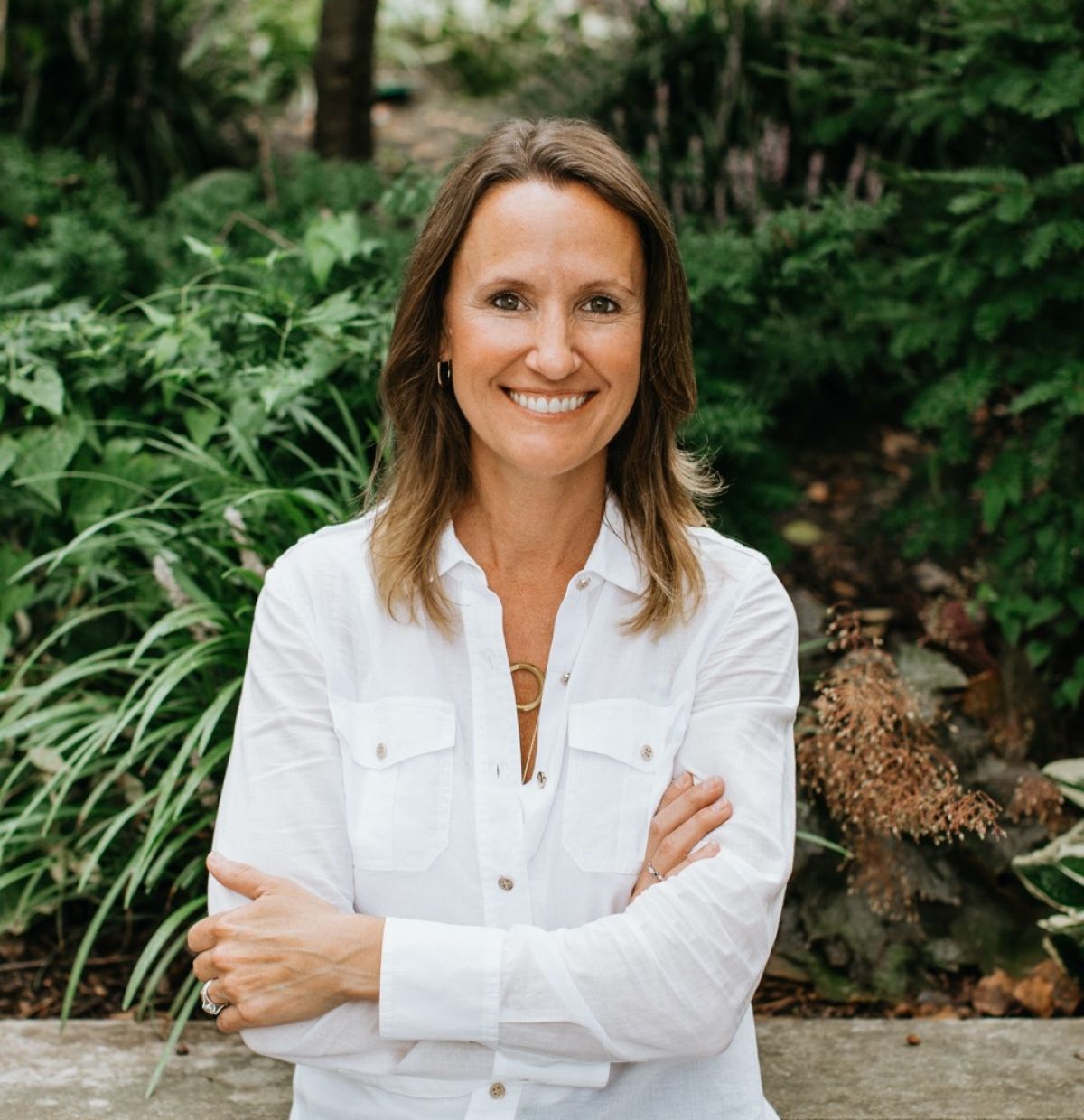Early in my career as a higher ed market researcher, I never would have imagined working with provosts and deans to study the demand for potential new programs. Decision-making related to new programs rested squarely with the academics among the administration; the opinions of marketers were rarely factored in. Assessment criteria included organizational fit, investment requirements, operational costs, and possibly some broad secondary data on job trends. The most important factor seemed to be the existence of a strong and effective champion for the program among the faculty. From a marketing perspective, the attitude seemed to be, "If you build it, they will come." Marketers, of course, know that only happens in the movies.
Academic Program Demand Market Research is Growing
Fast forward thirty years, and program demand research is one of the fastest-growing segments of our business. Forward-thinking provosts and deans want evidence of the market demand for a program before they even consider investing in building it. They want to know:
- The relative demand of all possible programs the institution might create
- How prospective students want to experience the program and what messages will motivate them to enroll
- How to differentiate a new program from other options already in the market
- The extent to which employers are seeking candidates with various degrees
- The relative appeal of certificates vs. masters programs vs. accelerated bachelors to masters (4+1) programs
Employer Research Can Uncover New Opportunities for Academic Programs (even before the demand exists)
Years ago, I worked on a project for Carnegie Mellon designed to explore the viability of one of the first master's programs in cybersecurity. Seems obvious now there would be an incredibly strong demand for such a program, but way back then, when the field was just emerging, the university did not have strong evidence there was a demand for professionals with a graduate degree in cybersecurity among top corporations across the country. Program demand research can take the form of qualitative or quantitative research (and often both). In this case, we conducted a series of in-depth interviews with Chief Information Officers across the country to understand their challenges and recruiting needs. Not surprisingly, CIOs were begging for candidates educated to help them secure their data and prevent hacks and attacks. CMU's program was built and birthed and thrives today.
IPEDS Data Can Identify Existing Growth Opportunities
Secondary data analysis using IPEDs can yield incredibly useful information about the demand for programs. Drawing on IPEDs data, the relative size and recent growth of a particular program can be identified. In 2019, we delivered a program demand report to Ursinus College in Pennsylvania. The purpose of the project was to evaluate 31 new academic programs that were in consideration by the College. Using IPEDs data, it's easy to find BCG's proverbial "stars" and "dogs." Over 6,000 Global Studies degrees were awarded in 2017 in the U.S., a 34% increase over the number awarded in 2010. About 12,000 Journalism degrees were awarded in 2017, but that was a 6% decline compared to 2010. And, in the region that represents Ursinus' primary market, the number of Journalism degrees was down 16%. Using this type of data, "stars" can be identified as programs that are relatively large (indicating broad demand) and growing (indicating the number of degrees conferred is on the rise). "Dogs" are the programs that are relatively small and getting even smaller.
IPEDs data is an incredible resource for studying program demand because the data report on the actual behavior of higher education consumers. When combined with job trend data from sources like Burning Glass, the resulting information is typically very directional and useful in making "go" and "no go" decisions on potential new programs. IPEDs data are also free though extracting data from the NCES website and manipulating it to draw insights is complicated and time-consuming, especially when doing it for the first time.
Market Research is Critical to Identifying Market Demand (and Potential Program ROI)
Just last week, we delivered a report to The College of New Jersey (TCNJ) that evaluated the demand for about 50 new academic programs the College is considering offering either as certificate or master's programs. Based on surveys of prospective students, we calculated a "demand score" for each program. In the graduate certificate category, six academic areas had high demand scores while eleven areas had a very low demand score. In the master's degree category, five academic programs had a very high demand score, while twenty-six others were determined to have a very low demand score. These data will support the College's decision-making and increase the likelihood that new program offerings will thrive while at the same time saving significant resources by steering the College away from programs that are ultimately likely to fail for lack of demand.
Market demand is obviously not the only factor that should be considered when making decisions about new program offerings. Internal factors such as fit with mission, vision, and brand are critical. Financial considerations, including start-up and marketing costs, are of paramount importance. But, market demand is an essential third leg of the stool that provides necessary insight into the appeal of a program that will ensure students will indeed come once you built it.
—
Elizabeth Johnson needs no introduction here, but we'll give her one anyway. As Founding Partner and Chairman of SimpsonScarborough, she's helped more than 300 institutions increase visibility, strengthen enrollment, raise money, and advance their brands. A staunch advocate for the role of CMO within higher ed, her work is fueled by an enduring belief that higher education changes the world. When she's not working, you can usually find her outside — hiking, golfing, or skiing with one of her four college-aged kids. Learn more about Elizabeth & the rest of our team here.











